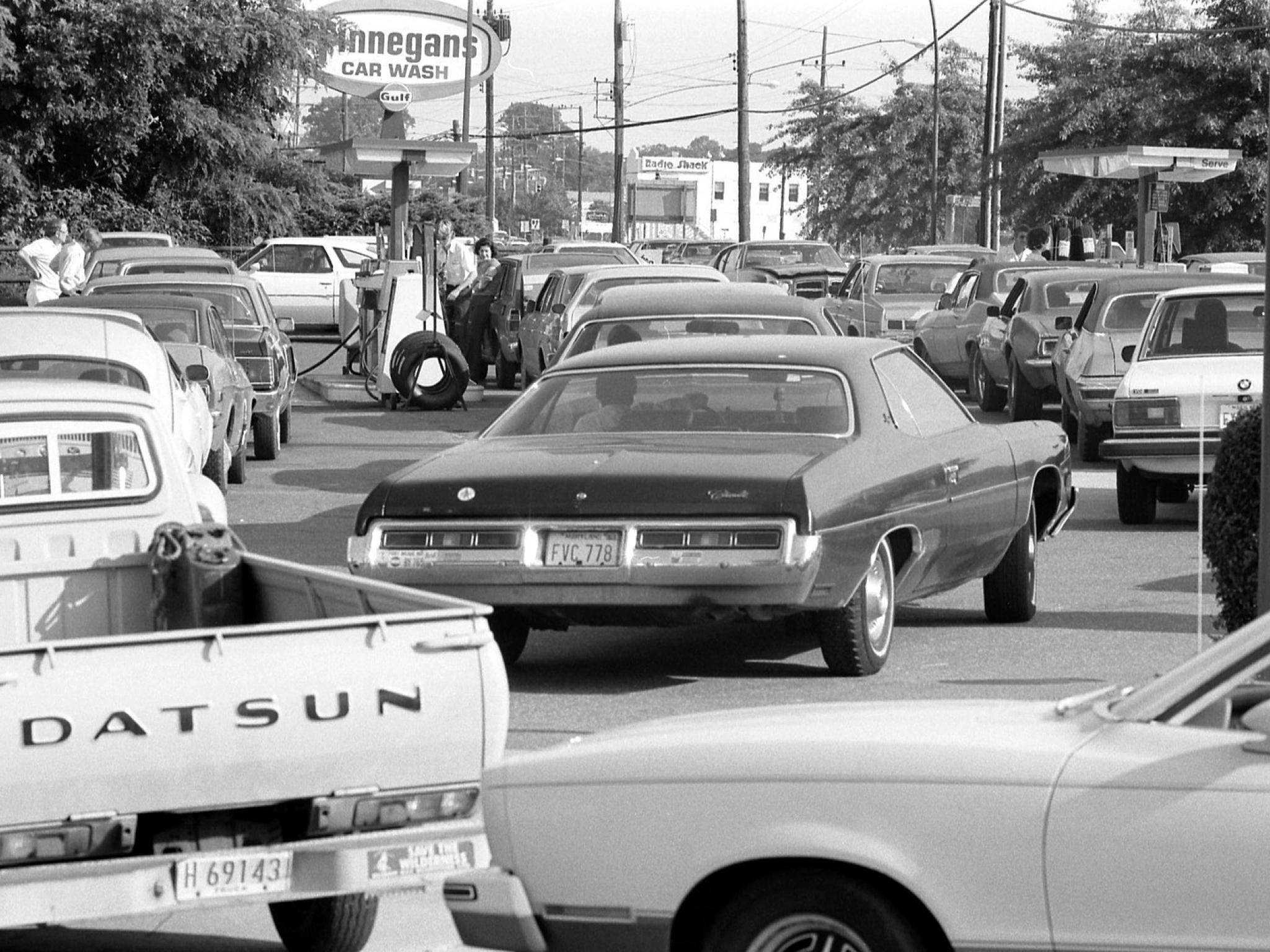
Skyrocketing oil and gasoline prices have some Americans calling for a return to the pricing controls of the 1970s.
Joseph Brusuelas, principal and chief economist for RSM US LLP, discussed price controls in a new blog post this week and outlined exactly why they are a bad idea.
What Are Price Controls? Price controls are government actions taken to manipulate free market prices. While many people may think of price controls as a rigid policy such as rent-controlled housing with a hard cap on rent, Brusuelas said price control policies actually fall on a spectrum ranging from mild to severe.
Related Link: Why Inflation During Times Of War Is Typical And Could Get Even Worse
Brusuelas said the mild end of the price control spectrum would be the actions taken by the Federal Reserve, including interest rate changes and quantitative easing and tightening.
The severe end of the price control spectrum includes the actions taken by the U.S. Office of Price Administration during World War II. The OPA set prices and imposed rationing for a wide range of products to support the war effort, including gasoline, rubber, sugar and coffee. Another example of extreme price controls came in the 1970s when Americans in certain areas were only allowed to purchase gasoline on certain days of the week. President Richard Nixon enacted wage controls in 1970s to help combat inflation.
Failed Experiment? Brusuelas said the price controls of the 1970s "spectacularly failed."
"Those price controls didn’t work — the price of gasoline continued to rise, and price controls and stringent rules for purchases resulted in inefficiencies," he said.
The United States Gasoline Fund LP (NYSE:UGA) is up a whopping 86.6% in the last year.
While it may seem like gasoline is a necessity that consumers can't do without, Brusuelas said history demonstrates consumers and the market have more flexibility than it may seem. In addition to driving fewer miles, the 1970s oil shock brought about a new wave of compact cars and energy-efficient vehicles. Today's environment could increase demand for electric vehicles or other clean energy transportation services.
Brusuelas said price controls certainly serve a purpose during wartime, when a nation's survival may depend on whether or not its military has access to the resources it needs. But higher prices alone aren't enough to justify price controls.
"Prices in an open economy are the most efficient mechanism for determining consumer choice," Brusuelas said.
The environment in 2022 isn't a result of a failed free market, the economist said. It is simply the fallout from a climate of geopolitical uncertainty and the inability for the world to move beyond a single primary energy source.
"Rather than attempting to manipulate the supply or demand for oil, governments might find it more efficient to advance the transition from fossil fuels and to subsidize those who cannot afford to quickly make that transition," Brusuelas concluded.
Benzinga's Take: In March, U.S. President Joe Biden joined 30 other countries in committing to releasing 60 million barrels of oil from strategic oil reserves, which in itself was a form of price controls. If energy prices remain elevated, the free market will eventually adjust in some way, whether that adjustment is drivers buying less gasoline, the transportation industry providing more green products and solutions or an economic recession that drives down industrial oil demand.
A line of cars waiting for fuel in June 1979. Photo by Warren K. Leffler via The Library of Congress.







